Preserve Your Irrigation System with a Professional Winterization
The winterization of sprinkler systems protects your investment. Our Cincinnati winters are long and cold, and without proper maintenance, an irrigation system will be unusable come spring.
The #1 goal of sprinkler system winterization is to remove all water from the system, to prevent freeze damage during winter. These elements include:
- backflow device
- pipes
- valves
- sprinkler heads
Winterization Sprinkler System:
Protect the Backflow
The backflow device is more likely to freeze rapidly than any other part of the sprinkler system. On any night that dips down to 23-24 degrees F, there’s a risk to your backflow device if it hasn’t been winterized. Some years, this could happen as early as November.
The backflow is largely made of brass (learn more about your backflow preventer for irrigation). Brass is a soft metal that will rapidly deform if water is frozen in the device. The backflow device can’t be repaired once it’s frozen, either. It has to be replaced, and it’s one of the most costly elements of your sprinkler system. To illustrate, here’s a photo of a backflow that froze:
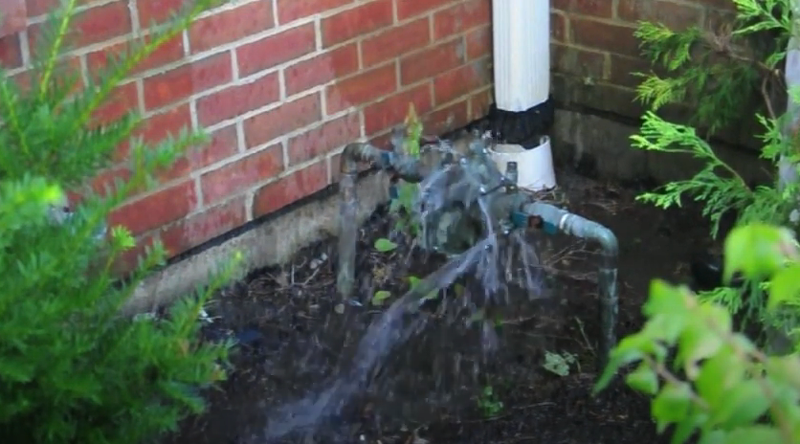
Winterization Sprinkler System:
Protect Above-Ground Parts
The exposed plastic components of your system, such as sprinkler heads, will freeze soon after the backflow. It only take a night or two of below-freezing temperatures to cause these plastic parts to deform and break.
Broken sprinkler heads will leak when you start your system back up in the spring. Sometimes, those leaks will be slow and hard to notice. Other times, you’ll see a geyser in your yard. For more information, check out our article, “Sprinkler System Repair: 2 Kinds of Irrigation Leaks.”
Winterization Sprinkler System:
Protect Underground Components
By January or February, the frost starts getting deeper into the ground. This will freeze any water found in underground irrigation components, breaking PVC pipes and valves. These broken components will absolutely leak in the spring, requiring all affected pipes and valves to be dug up and replaced. Tracing these leaks can be time-consuming and expensive.
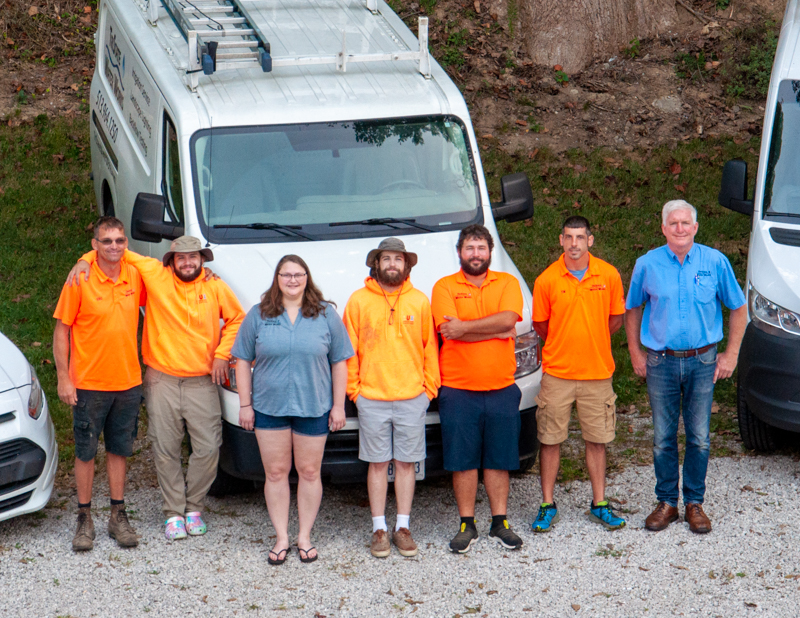
Winterization Sprinkler System:
For a Trouble-Free Spring, Do it Right
At TriState Water Works, we specialize in irrigation repair and maintenance. It’s all we do, and it’s why we started our company. So, of course, we highly recommend a professional winterization for your sprinkler system.
The biggest pitfall of non-expert winterization is choosing the wrong air compressor. Trying to blow out the irrigation system using high pressure will create more problems than it prevents. Air compressor defaults are typically set to 110-120 PSI, which will break sprinkler heads, break pipes and weaken joints. The key to a professional winterization? Sprinkler systems need low pressure and high volume. Our compressor is set to a milder 65-70 PSI, which will gently remove all the water from the system without damaging it. It takes a little longer, but the effort is worth it.
Also, irrigation professionals will complete a system inspection during winterization to note repairs that will be needed in the spring. These could include popped-up sprinkler heads, a dead battery in the rain sensor or any other fix needed to optimize your system.
In the Cincinnati area, winterization of sprinkler systems should happen between October 1 and Thanksgiving. Wait any longer, and you risk seriously expensive damage to your irrigation system. Contact us for a winterization quote, and rest assured that your system will be protected from freezing water.

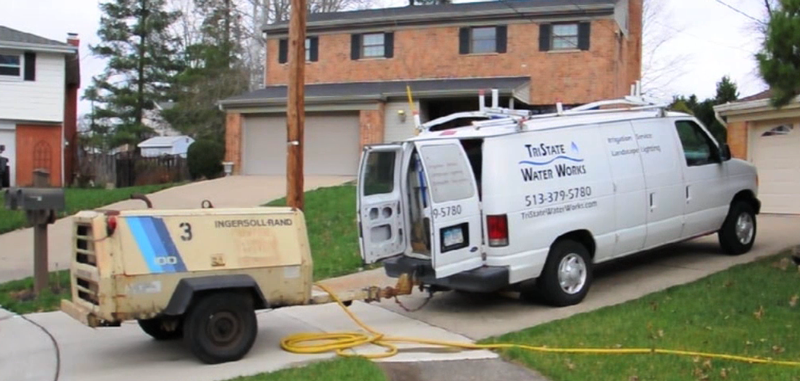
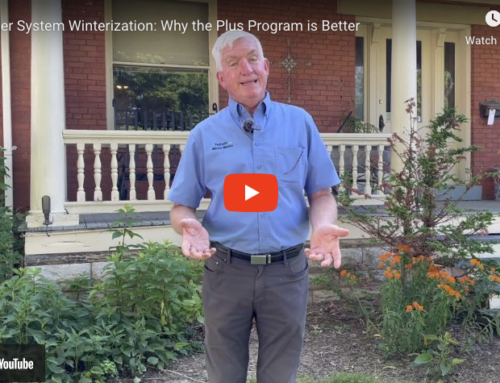
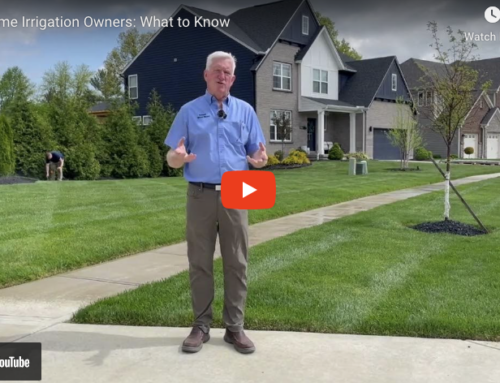
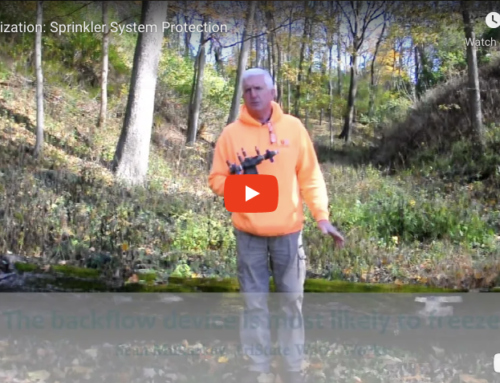
Leave A Comment